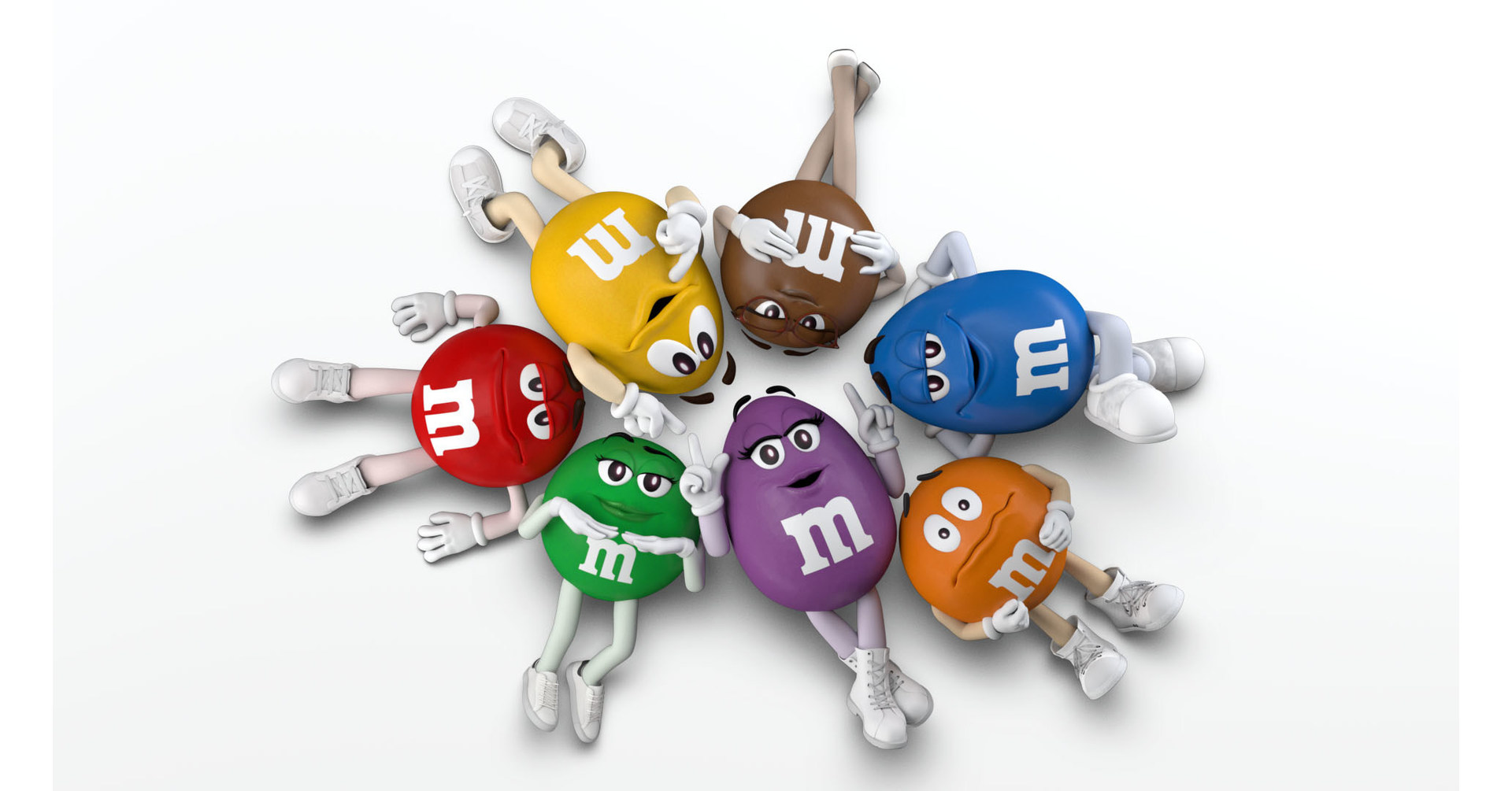MMS, or Multimedia Messaging Service, has become an integral part of modern communication. It allows users to send multimedia content such as images, audio, video, and text messages through mobile devices. As technology advances, MMS continues to evolve, offering more features and functionality to users worldwide. In this article, we will explore the ins and outs of MMS, its benefits, and its role in enhancing communication.
Multimedia Messaging Service is not just a tool for personal communication; it also plays a significant role in business and marketing strategies. Companies leverage MMS to engage with customers, promote products, and enhance brand awareness. Understanding the capabilities of MMS can help both individuals and businesses optimize their communication efforts.
In this article, we will delve into the history, technical aspects, and practical applications of MMS. By the end, you will have a thorough understanding of how MMS works, its advantages, and how it can be used effectively in various contexts. Let’s dive in!
Read also:Discover The Elegance Of Telugu Saree A Timeless Fashion Icon
Table of Contents
- The History of MMS
- How MMS Works
- Benefits of Using MMS
- MMS in Business and Marketing
- MMS vs SMS: Understanding the Differences
- Technical Aspects of MMS
- Security Considerations in MMS
- Future Trends in MMS Technology
- Costs Associated with MMS
- Conclusion
The History of MMS
Multimedia Messaging Service (MMS) was first introduced in the early 2000s as an extension of Short Message Service (SMS). The idea behind MMS was to allow users to send richer content than just plain text. Developed by the 3GPP (3rd Generation Partnership Project), MMS quickly gained popularity as mobile devices became more advanced and capable of handling multimedia content.
Initially, MMS was limited to sending small images and short audio clips. However, as technology improved, the service evolved to support larger files, better quality images, and even video messages. Today, MMS is a standard feature in most smartphones, enabling users to share a wide range of multimedia content with ease.
Key Milestones in MMS Development
- 2002: The first MMS service is launched by a few telecommunications companies.
- 2005: MMS adoption increases significantly as more smartphones enter the market.
- 2010: Improved network capabilities allow for higher-quality multimedia content in MMS messages.
How MMS Works
MMS operates through a combination of mobile networks and internet protocols. When a user sends an MMS message, the content is transmitted to an MMS center, which then delivers the message to the recipient’s device. Unlike SMS, which is limited to 160 characters, MMS can handle larger data sizes, making it ideal for sending multimedia content.
The process involves several steps, including encoding the multimedia content, transmitting it through the network, and decoding it on the recipient’s device. This ensures that the message is delivered accurately and efficiently, regardless of the type of content being sent.
Components of an MMS Message
- Header: Contains metadata about the message, such as sender information and content type.
- Body: Includes the actual multimedia content, such as images, audio, or video.
- Footer: Provides additional information, such as timestamps or delivery status.
Benefits of Using MMS
MMS offers several advantages over traditional SMS, making it a preferred choice for many users. Some of the key benefits include:
- Rich Content: MMS allows users to send a variety of multimedia content, enhancing communication and engagement.
- Higher Engagement: Studies show that MMS messages have higher open rates and engagement compared to plain text messages.
- Global Reach: MMS can be sent to users across the globe, making it a versatile communication tool.
For businesses, MMS provides an effective way to reach customers with visually appealing content, such as promotional images, videos, and interactive messages.
Read also:Subashree Sahu The Rising Star In The World Of Arts And Entertainment
MMS in Business and Marketing
Role of MMS in Marketing
In the business world, MMS has become a powerful marketing tool. Companies use MMS to send product updates, promotional offers, and event invitations to their customers. The ability to include multimedia content makes MMS more engaging and memorable than traditional SMS campaigns.
According to a study by Statista, businesses that incorporate MMS into their marketing strategies see an average increase of 20% in customer engagement. This highlights the effectiveness of MMS in capturing attention and driving results.
Best Practices for MMS Marketing
- Personalize messages to target specific customer segments.
- Use high-quality images and videos to enhance visual appeal.
- Include clear calls to action to encourage customer interaction.
MMS vs SMS: Understanding the Differences
While both MMS and SMS are forms of mobile messaging, they differ significantly in terms of functionality and capabilities. SMS is limited to plain text messages of up to 160 characters, whereas MMS supports multimedia content and larger file sizes.
Another key difference is the cost. MMS messages typically incur higher charges than SMS due to the larger data size and additional features. However, the added value of multimedia content often justifies the extra cost for both personal and business use.
Technical Aspects of MMS
From a technical standpoint, MMS relies on a combination of protocols and technologies to function effectively. These include:
- WAP Push: Used to deliver MMS messages to devices.
- MIME: Defines the structure and format of multimedia content in MMS messages.
- HTTP: Facilitates the transfer of data between the MMS center and devices.
Understanding these technical aspects can help developers and network operators optimize MMS performance and ensure reliable delivery of messages.
Security Considerations in MMS
As with any digital communication method, security is a critical concern for MMS. Users must be aware of potential risks, such as phishing attacks and unauthorized access to personal data. To mitigate these risks, it is important to:
- Use secure networks and devices for sending and receiving MMS messages.
- Be cautious when opening attachments or links in MMS messages.
- Regularly update software and firmware to protect against vulnerabilities.
Telecommunications providers also play a role in ensuring MMS security by implementing robust encryption and authentication protocols.
Future Trends in MMS Technology
As technology continues to advance, the future of MMS looks promising. Emerging trends include:
- Integration with 5G networks for faster and more reliable message delivery.
- Enhanced multimedia capabilities, such as 4K video and augmented reality content.
- Increased adoption of MMS in industries like healthcare, education, and e-commerce.
These developments will further solidify MMS as a vital communication tool in the digital age.
Costs Associated with MMS
While MMS offers numerous benefits, it is important to consider the associated costs. Factors that influence MMS pricing include:
- Carrier rates: Vary depending on the service provider and location.
- Message size: Larger files typically incur higher charges.
- Volume: Bulk MMS campaigns may offer discounted rates for businesses.
Despite the costs, the value of MMS in enhancing communication and engagement often outweighs the expenses for many users.
Conclusion
Multimedia Messaging Service (MMS) has revolutionized the way we communicate, offering a versatile and engaging platform for sharing multimedia content. From its humble beginnings in the early 2000s to its current status as a standard feature in smartphones, MMS continues to evolve and adapt to meet the needs of users worldwide.
In addition to personal use, MMS has proven to be a valuable tool for businesses, enhancing marketing efforts and improving customer engagement. As technology advances, the future of MMS looks bright, with new features and capabilities on the horizon.
We encourage you to explore the possibilities of MMS and incorporate it into your communication strategies. Feel free to leave a comment or share this article with others who may find it useful. For more insights on technology and communication, check out our other articles on the site.


